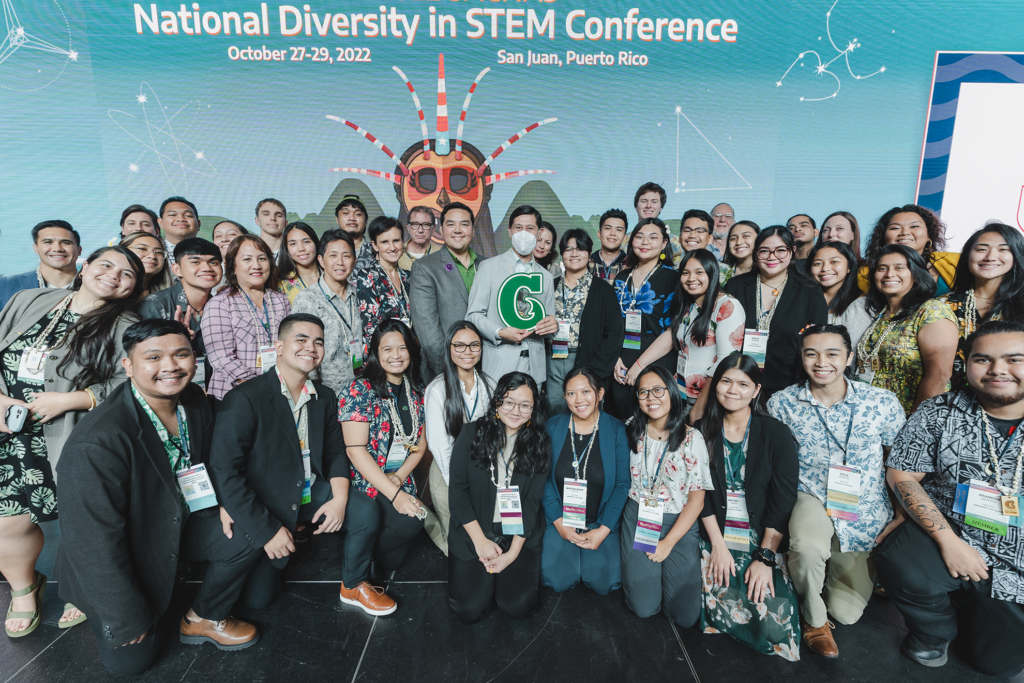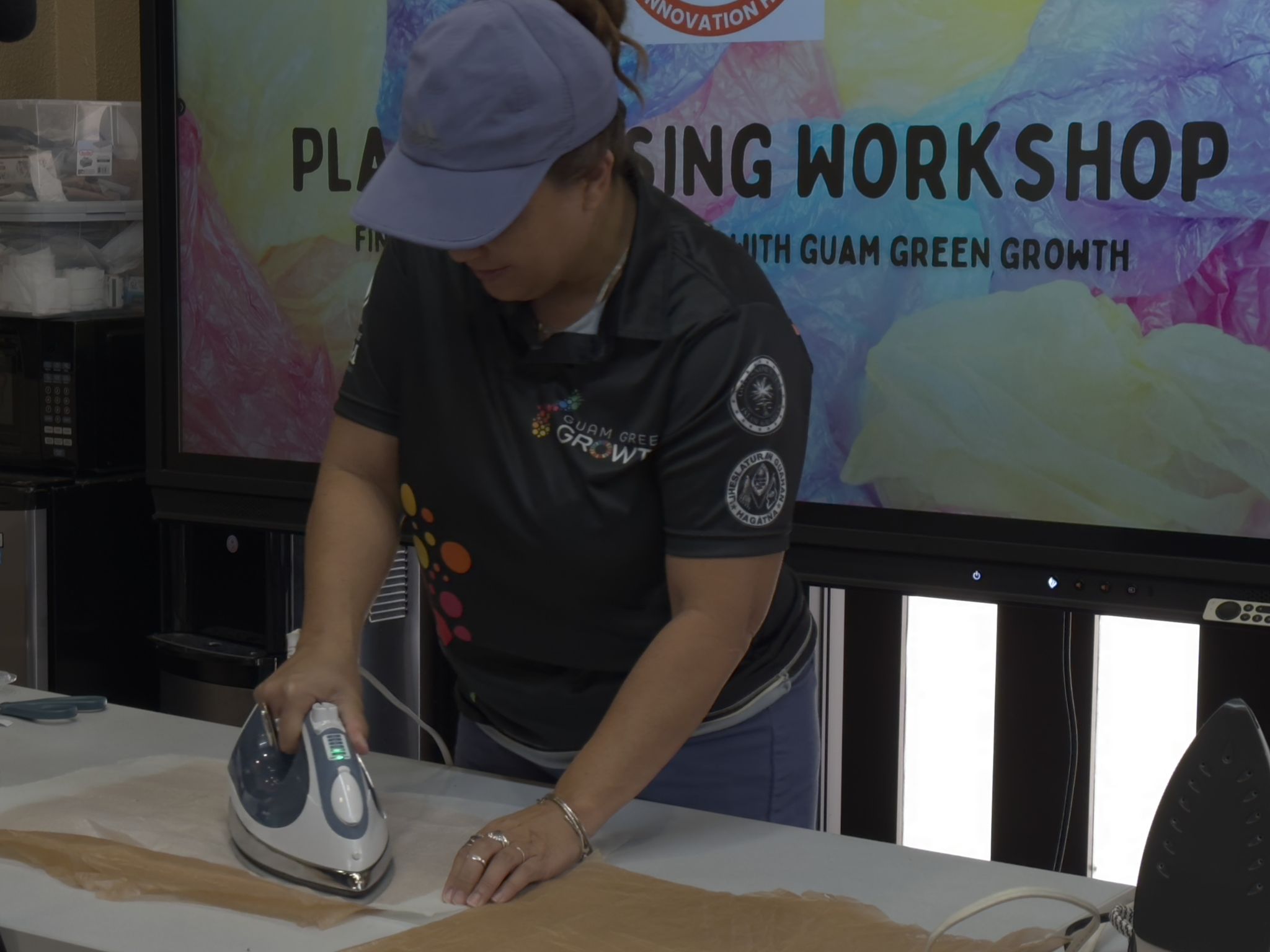
Karina Mejia, a Guam NSF EPSCoR Graduate Research Assistant in the University of Guam’s Master of Science in Biology program, presented her research at the 2023 Indo-Pacific Fish Conference which was held at the University of Auckland in New Zealand.
The Indo-Pacific Fish Conference, which happens every four years, is one of the world’s premier ichthyological conferences and is highly anticipated by marine, estuarine, and freshwater specialists. The event is organized by the Australian Society for Fish Biology, which aims to promote research, education, and management of fish and fisheries across the Indo-Pacific.
Mejia’s presentation was entitled, “Population Genetics of the Catadromous Eel, Anguilla marmorata, in Guam and the Indo Pacific.”
Giant mottled eels (Anguilla marmorata) are the most common eels in the Indo-Pacific and Guam. They are an important food fish and an apex predator in many tropical islands and continental streams of the Indo-Pacific, according to the study’s abstract. Determining the eel’s geological and oceanographic location and temporal spawning patterns will provide information key to effective conservation.
During the event, Mejia found it exciting to meet people within her field. She connected with a doctoral student named Yusuke Amai who invited her to explore doctoral programs at the University of Tokyo, which she was able to visit in December. While she was in Japan, Mejia met with Nina Yasuda, Ph.D., a professor at the University of Tokyo who has been helping her with the genetic portion of her research.
“At first, I was intimidated since I was surrounded by experts, but I learned to not be scared and shy to interact with fellow scientists,” said Mejia. “I am glad I learned to overcome my nervousness since I was able to meet a variety of wonderful people and interact with potential mentors for a Ph.D.”






























